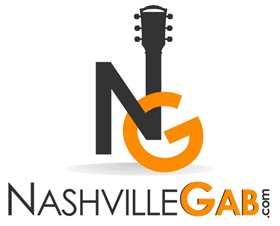The “Cowboy Casanova” – a seemingly paradoxical archetype – has captivated audiences in popular music for decades.
This intriguing figure blends the rugged individualism and machismo of the cowboy with the smooth charm and romanticism of the Casanova.
This article delves into the origins, evolution, and lasting impact of the Cowboy Casanova trope within the vast landscape of popular music.
From Cattle Drives to Country Crooners
The Birth of the Singing Cowboy
The Cowboy Casanova first emerged in the cultural consciousness of the American West.
Cowboys, immortalized in folklore and dime novels, were traditionally depicted as solitary figures, braving the harsh realities of frontier life.
However, some cowboys defied this stereotype, cultivating a reputation for charm and bravado.
These “Singing Cowboys” of the late 19th and early 20th centuries, like Gene Autry and Roy Rogers, incorporated music into their cowboy persona.
Their songs often portrayed them as smooth-talking Romeos, serenading women in saloons after a long day on the range.
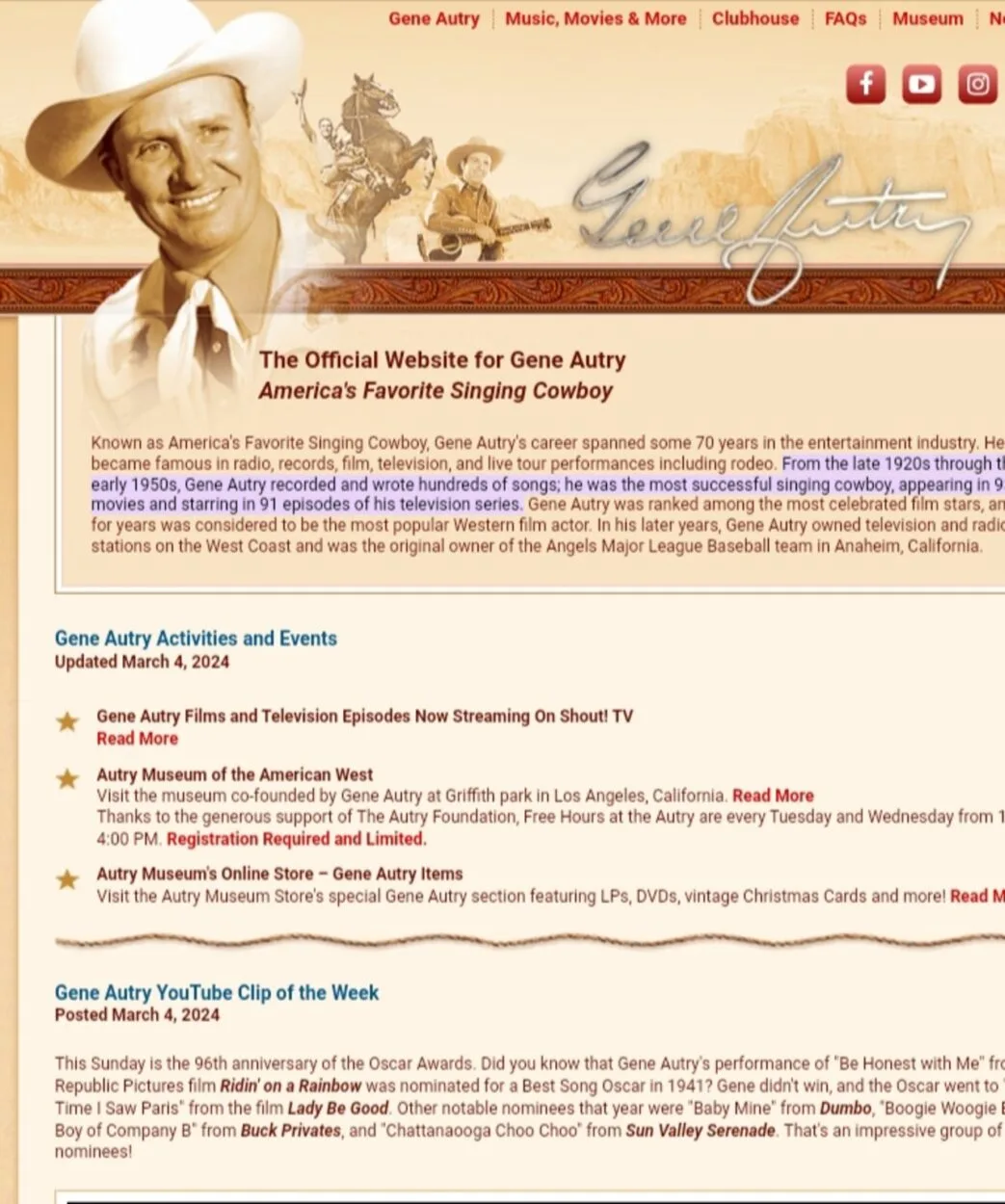
The Rise of Country Music and the Honky-Tonk Hero
The burgeoning country music scene of the mid-20th century further solidified the Cowboy Casanova.
Honky-tonk music, characterized by its catchy melodies and themes of heartbreak and infidelity, often featured the charismatic cowboy as its central character.
Singers like Hank Williams and George Jones embodied this persona, singing about stolen kisses under starry skies and fleeting romances on dusty roads.
Their music resonated with a working-class audience who saw these cowboys as figures of both rugged independence and irresistible charm.
The Cowboy Casanova Goes Rockabilly and Pop
From Nashville to Memphis: The Birth of Rockabilly
The mid-1950s witnessed a musical revolution with the emergence of rockabilly.
This genre, a potent blend of country music, rhythm and blues, and a touch of gospel, pulsated with an electrifying energy.
Pioneering artists like Elvis Presley and Carl Perkins embodied a new kind of Cowboy Casanova.
They retained the swagger and bravado of their country music counterparts, but infused it with a youthful rebellion and a sensuality that captivated audiences, particularly teenagers.
Presley’s stage presence, characterized by his gyrating hips and suggestive glances, challenged societal norms and redefined masculinity.
His music, with its driving rhythms and suggestive lyrics, spoke to a generation yearning for liberation and self-expression.
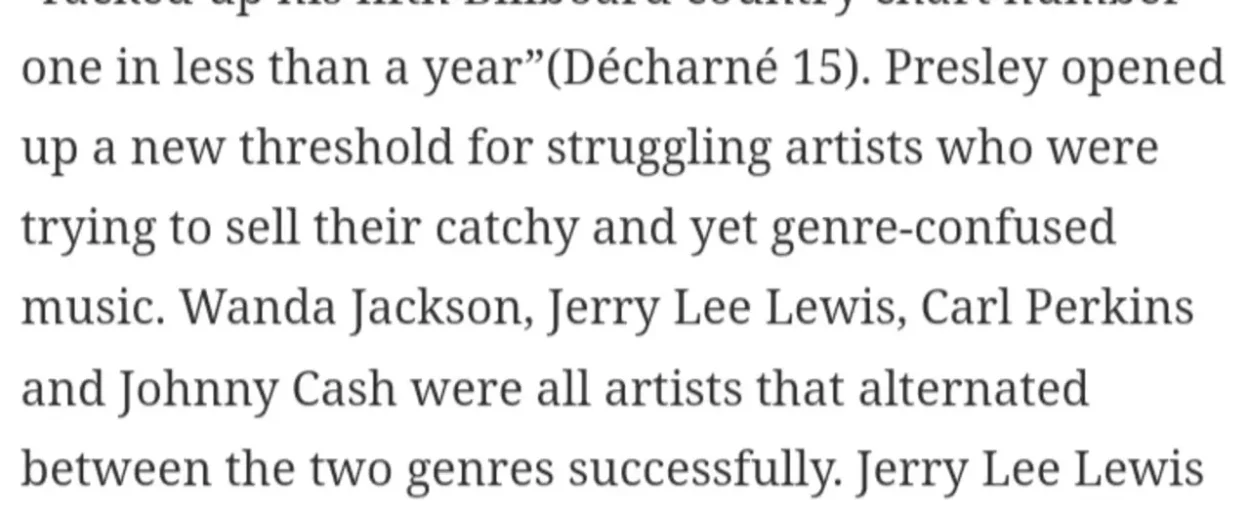
The All-American Boy with a Rebellious Streak
The Cowboy Casanova of rockabilly wasn’t just about swagger; he also possessed a vulnerability that resonated with audiences.
Unlike the stoic cowboys of the past, these rockabilly heartthrobs sang about heartbreak, loneliness, and the yearning for love.
This vulnerability, coupled with their rebellious streak, made them even more appealing. They were the “bad boys” with a heart of gold, a persona that continues to capture the imagination of popular culture today.
The Global Appeal and Evolution of the Cowboy Casanova
Transatlantic Twang: The Cowboy Casanova Conquers Europe
The influence of the Cowboy Casanova transcended national boundaries.
In the wake of Elvis Presley’s meteoric rise, the 1950s witnessed a phenomenon dubbed “Skiffle Craze” in Britain.
Skiffle, a British folk-pop genre, embraced the rebellious energy of rockabilly, and young British musicians like Cliff Richard and Marty Wilde adopted a charismatic, “cowboy-inspired” stage presence.
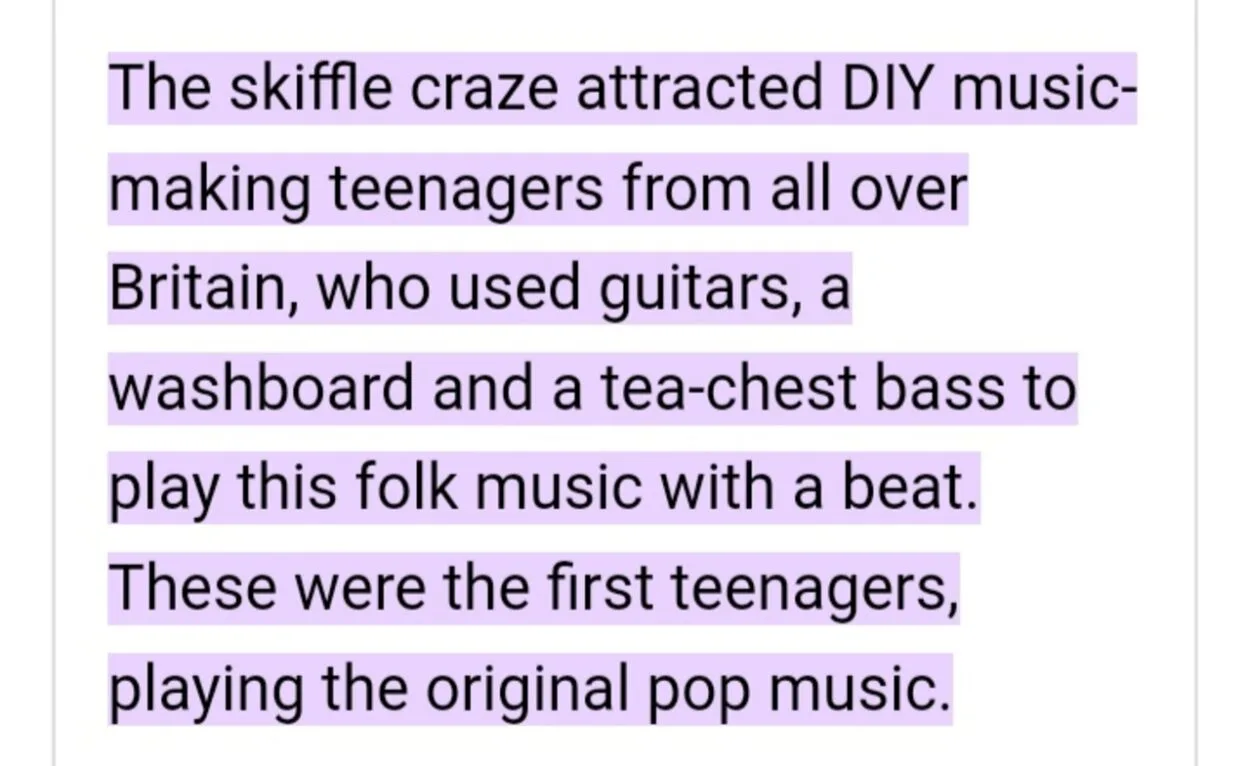
This trend extended further into Europe, with artists like Johnny Hallyday in France and Adriano Celentano in Italy incorporating elements of rockabilly and the Cowboy Casanova persona into their music.
These European interpretations often injected a local flavor, creating a fascinating cross-pollination of musical styles and cultural influences.
From Greaser to Glam: The Cowboy Casanova’s Enduring Influence
The Cowboy Casanova continued to evolve throughout the following decades.
In the 1970s, artists like Bruce Springsteen and Bob Seger injected a working-class grit and vulnerability into the archetype.
The “greaser” aesthetic, with its leather jackets and motorcycles, became a new visual manifestation of the rebellious cowboy spirit.
By the 1980s, the Cowboy Casanova took a glamorous turn. Bands like Bon Jovi and Poison embodied a more polished version of the archetype, with their flamboyant attire and slicked-back hair.
However, the core elements of charm, rebellion, and a touch of vulnerability remained.
This adaptability has allowed the Cowboy Casanova to remain relevant throughout the decades, constantly adapting to changing trends and audiences.

A Reimagined Icon for a New Era
The Nuances of Modern Masculinity
Gone are the days of the hyper-masculine, emotionless cowboy. Modern Country artists like Blake Shelton and Kane Brown challenge traditional notions of masculinity.
They sing about vulnerability, emotional intelligence, and the challenges of modern relationships.
Their music acknowledges the struggles of working-class men while celebrating their resilience and capacity for love.
This nuanced portrayal resonates with a contemporary audience seeking a more authentic representation of masculinity.
Social Commentary with a Country Twang
The modern Cowboy Casanova isn’t afraid to tackle social issues.
Artists like Luke Combs, with his song “Beautiful Crazy,” and Kacey Musgraves, with “Follow Your Arrow,” use their platform to address themes of mental health, LGBTQ+ rights, and female empowerment.
This willingness to engage with social commentary adds a layer of depth and authenticity to the Cowboy Casanova persona, making it relevant to a socially conscious generation.
A Look at Modern Cowboy Casanova Success
| Song | Artist | Year | Peak Billboard Hot 100 Position |
|---|---|---|---|
| Cruise | Florida Georgia Line | 2012 | 1 |
| Meant to Be | Bebe Rexha ft. Florida Georgia Line | 2017 | 2 |
| Dirt | Luke Bryan | 2014 | 10 |
| Kill a Boy | Eli Young Band | 2011 | 27 |
| How Do You Like That | Kane Brown | 2022 | 18 |
The Cowboy Casanova’s Place in Popular Music History
A Symbol of Rebellion and Romance
The Cowboy Casanova’s enduring appeal lies in his embodiment of both rebellion and romance.
He represents a yearning for freedom and independence, a quality that resonates with audiences across generations and cultures.
Simultaneously, he possesses a charm and vulnerability that makes him a desirable romantic figure.
This paradoxical combination creates a compelling persona that continues to inspire songwriters and performers.
Evolution Through the Decades
The Cowboy Casanova has proven remarkably adaptable, evolving alongside the ever-changing social and musical landscape.
From the twangy honky-tonk singers to the electrifying rockabilly stars, each era has witnessed a reinterpretation of this archetype.
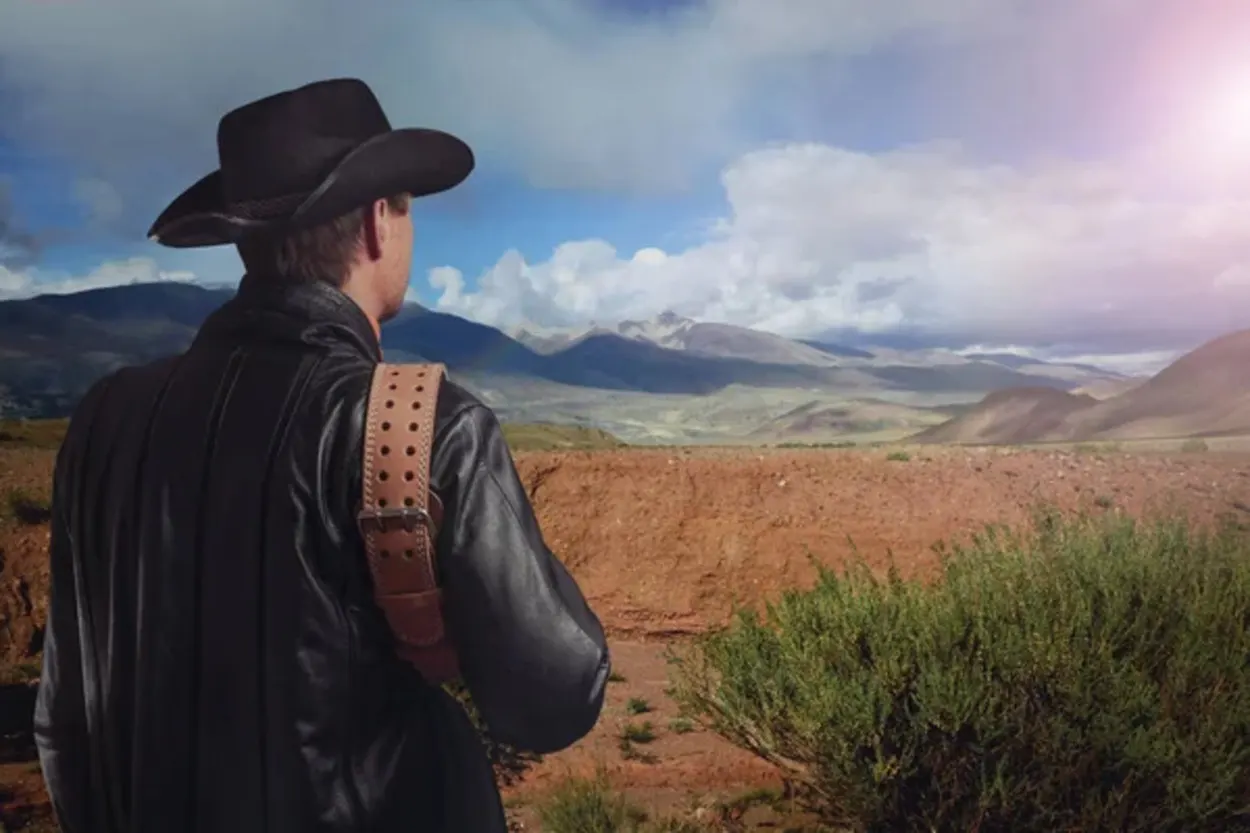
This adaptability has ensured the Cowboy Casanova’s continued relevance, allowing him to connect with new audiences while retaining the core elements that first captured the public’s imagination.
Conclusion
- The Cowboy Casanova is a multifaceted archetype that has captivated audiences in popular music for decades.
- He embodies rebellion, romance, and a yearning for freedom.
- The Cowboy Casanova has consistently evolved alongside changing social and musical trends.
- This adaptability ensures his continued relevance and allows him to resonate with new generations.
- The Cowboy Casanova serves as a reflection of evolving societal views on masculinity.
